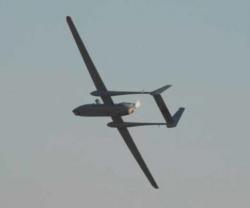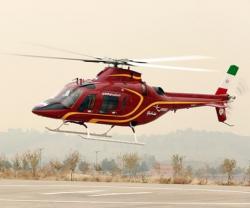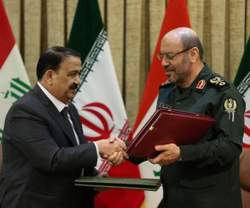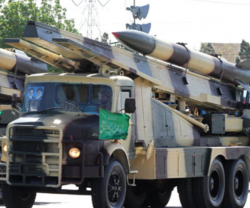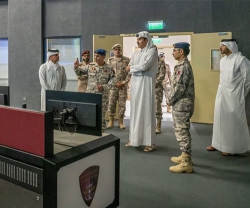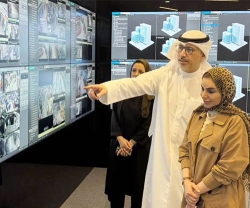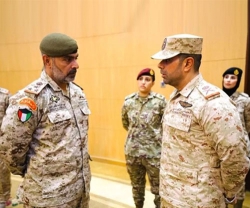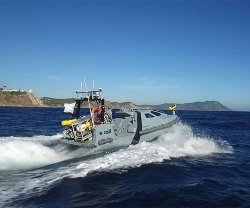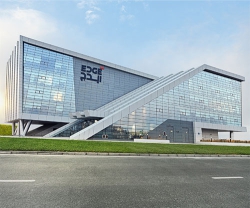“We had promised to fly the final model of RQ-170 in the second half of the current (Iranian) year (which started on March 21) and this has happened and the footage of its flight will be released soon,” Hajizadeh said.
Elaborating on the Iranian version of the RQ-170 drone which has been manufactured through the reverse engineering of the US drone which was tracked and hunted down in Iran late in 2011 and has been equipped by the IRGC with bombing capability, Hajizadeh said in September that “the prototype model of this drone (which was 60% smaller than the original drone in size) flew about three months ago and the final model of the plane will fly this year”.
He said that the Americans themselves had also thought of providing the drone with bombing capability and foreseen some special parts for mounting bombs on the aircraft. Yet, they used it for reconnaissance and spying operations, he said.
“But we will use it for both missions,” he added.
In December, Lieutenant Commander of the IRGC Brigadier General Hossein Salami announced that the Iranian version of the US drone, RQ-170, would be unveiled to the public soon.
“The construction of this drone will finish soon and most of the job has been done now,” General Salami told reporters on the sidelines of a conference in Tehran in December 2013.
In relevant remarks in October 2013, Hajizadeh said that Iran moved as much as 35 years ahead in building drone engines by reverse engineering the US drone, RQ-170 which was tracked and hunted down in Iran late in 2011.
The RQ-170 engines are the fifth generation and the engines of Iranian unmanned planes are the third generation, Hajizadeh said, adding that to produce the engine we had to spend 35 years on the project.
Iran has earlier reproduced its own model of ScanEagle through reverse engineering techniques.


